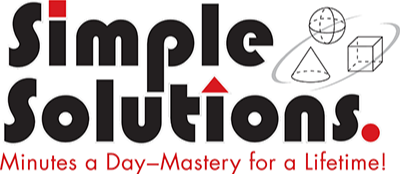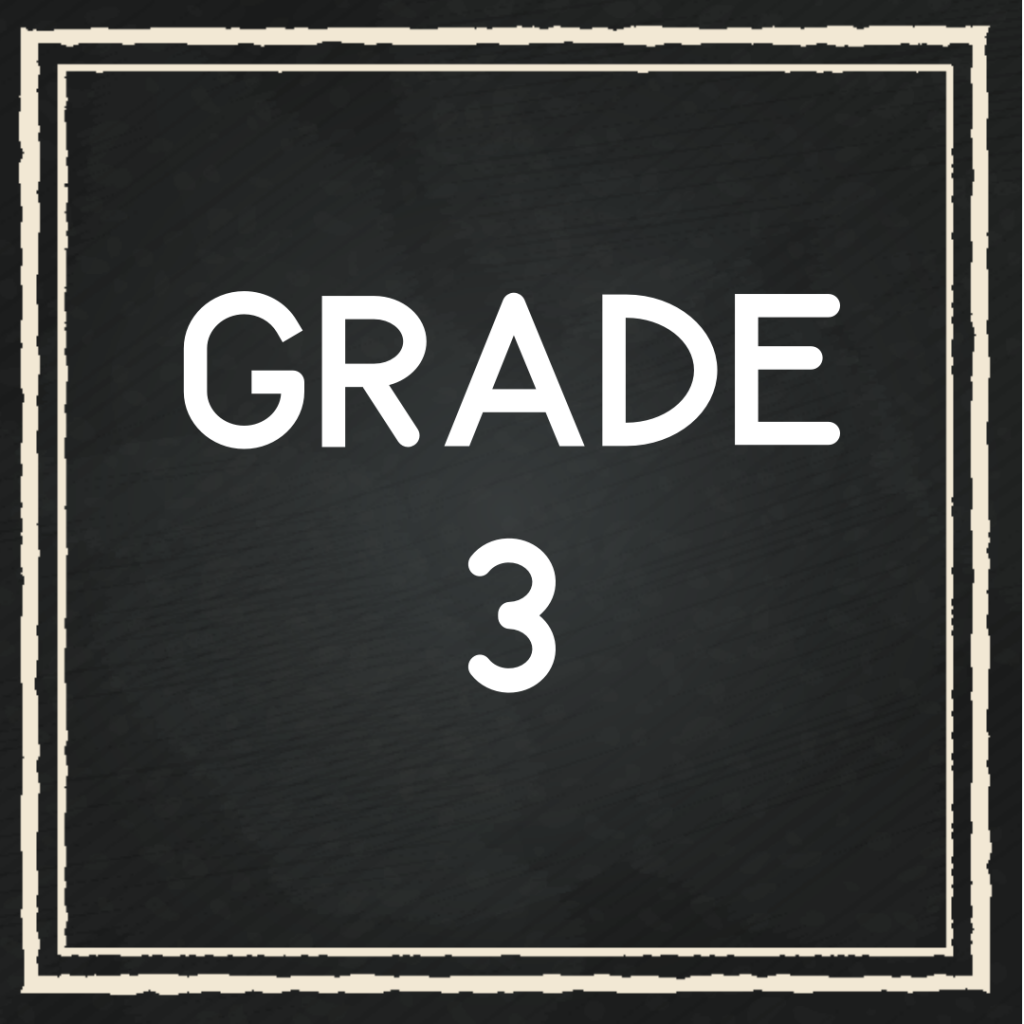How Do Students Complete & Correct Simple Solutions Lessons?
Now that you have set up your daily routine, what’s next? It’s time for students to get to work completing and correcting their Simple Solutions lessons.
One of the great things about the Simple Solutions program is its flexibility. Simple Solutions lessons can be integrated seamlessly into your existing schedule. So, how, and when should students complete and correct their lessons?
Completing Lessons
Because Simple Solutions lessons can be completed independently, you can assign Simple Solutions for homework, bell work, or classwork depending on which option works best for you and your students.
Homework
Simple Solutions lessons are ideal as homework assignments because the questions are primarily review. Therefore, students are less likely to need parent help. In addition, the homework schedule is predictable. Since each lesson only takes 10-15 minutes, students and parents are easily able to integrate homework into their busy evening schedules.
Bell Work
As teachers, we know that getting off to a good start in the morning sets the tone for the rest of the day. Assigning a Simple Solutions lesson each morning as students arrive helps them get focused and ready to start the day. If you have students that arrive just before school begins, they may have difficulty completing the lesson in time. However, any unfinished lessons can be completed for homework.
Class Work
Some teachers have students complete Simple Solutions lessons at the beginning of each class period. If this works for you and your schedule, great! However, it is important to be aware of time management. Having students complete the lesson at the beginning of class may not leave much additional time for instruction of new material.
Correcting Lessons
The most important thing to know about correcting Simple Solutions lessons is that it needs to take place with a teacher. The correction step is a critical step in the Simple Solutions program because it is an opportunity for teachers and students to determine what skills still need to be mastered.
Self-Correction
Simple Solutions answer keys were designed to be displayed in the classroom, so students can self-correct their work. While students correct their work, teachers circulate through the room to see that students completed and put effort into the questions. This is also a good time to take note of which problems students had difficulty solving.
While circulating, teachers can also record a grade for the lesson. Some teachers give a completion grade (ex: 2 points -completed, 1 point – partial, 0 points- not done). However, some teachers choose not to assign a grade at all.
Reviewing Lessons
Now that students have self-corrected, it is time to move on to the lesson review. During the lesson review, time management is extremely important. There isn’t enough time to review every question, so choose the review problems wisely. For example, select questions that
- were missed by many students
- were challenging
- will be on the next quiz
Then, it’s time to go on with class!
Teacher Tip
Once the lesson review is complete, this is a great time to point out or introduce problems that might be challenging in tomorrow’s lesson. During this time, teachers can also direct students to the page they can turn to in the Help Pages if they need assistance with the problem. This will help prevent a lot of student frustration.
Interested in trying it in your classroom?! Try it for free!
Without a doubt, you should see for yourself how the Simple Solutions Approach increases student understanding, boosts confidence, and leads to better grades and higher test scores. Teachers in grades 2–4 may sign up to use our materials for free. Submit your request and our staff will contact you to verify the grade and subject.
Just want to learn more? Contact us!
In fact, want to hear from you. If you have questions about any of our products or services, please contact us today.




